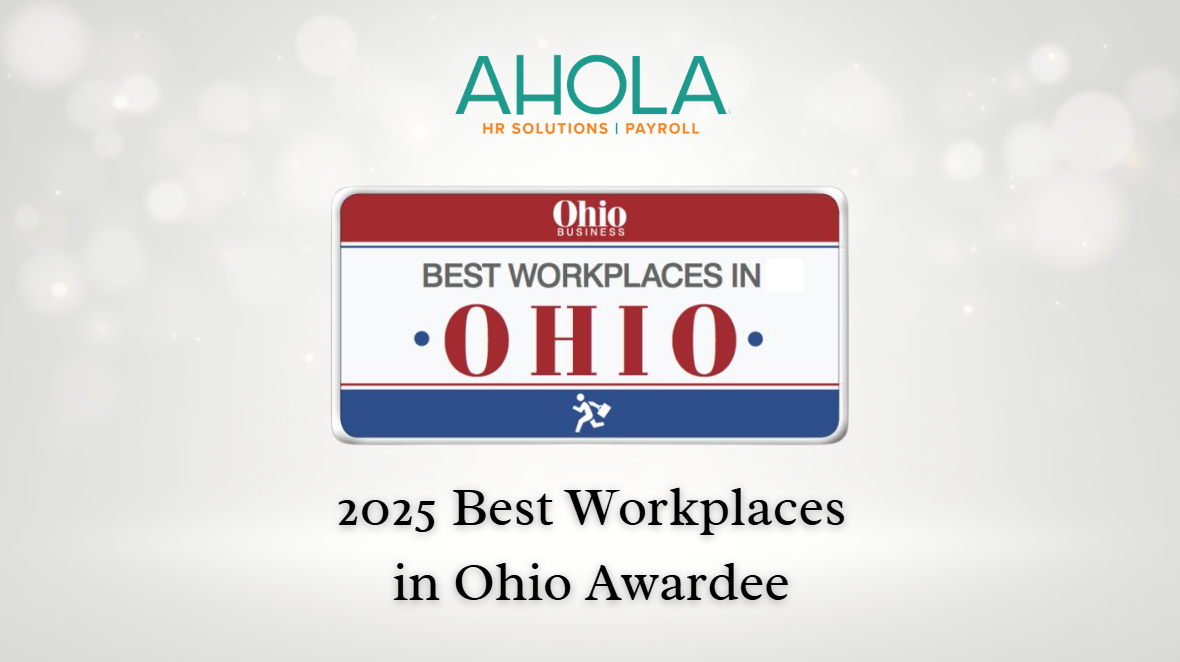How to Identify Ageism in the Workplace
In a study by Hiscox, 67% of surveyed employees between ages 40 and 65 said they intend to keep working after turning 66. However, many are likely to encounter ageism, or age-related prejudice and discrimination, in the workplace.
According to a data analysis by ProPublica and the Urban Institute, 56% of workers over age 50 say they have been forced out of a job by at least one employer when they weren’t ready to leave. Incidentally, the Hiscox study found that “51 years old is the age at which workers believe they’re most likely to experience workplace age discrimination.”
Why are older employees so vulnerable to ageism? Many times, the reasons stem from stereotyping.
Common stereotypes of older people in the workplace:
- They are complacent or not motivated to work.
- They cannot manage the daily demands of the job.
- They are too resistant to change.
- They are more difficult to train.
- They are averse to technology.
- They are too high maintenance in terms of salaries and benefits.
- They pose too much of a risk when it comes to employment discrimination claims.
But by treating these stereotypes as guaranteed truths, employers risk losing out on the benefits of an age-diverse workforce.
What older workers have to offer:
- Loyalty. A report by the Bureau of Labor Statistics states that “the length of time a worker remains with an employer increased with the age at which the worker began the job.” Studies also show that older workers have lower turnover and absentee rates.
- Ethics. A survey by Pew Research Center found that older workers surpass younger workers with regard to moral values and work ethics.
- Resourcefulness. Older workers reportedly have a stronger professional network of colleagues and clients.
- Experience. Older workers are wiser and have a wealth of on-the-job knowledge. Younger workers can learn a lot from them.
Still, ageism is rampant. So how do you stop it from invading your workplace?
Here are five suggestions:
- Make age discrimination and diversity training a priority. By training your managers and employees on age discrimination and teaching them the importance of an age-diverse workplace, you can safeguard your company from age-related discrimination lawsuits plus help employees be more accepting of their older peers.
- Avoid language that could be interpreted as age bias. HR professionals and hiring managers should steer clear of certain words when writing job descriptions and performing interviews. For example, words such as “high energy,” “ninja,” “guru,” “new grad” and “digital native” may be construed as euphemisms for “young.”
- Apportion employee rewards such as raises and promotions according to performance. Also, provide learning opportunities to all employees, regardless of age.
- Involve older workers in company activities, including social functions. Don’t assume that just because they’re older they won’t want to attend.
- Be aware of federal and state antidiscrimination laws that protect employees from age-related discrimination and harassment in the workplace. Also, take allegations of age discrimination in your workplace seriously.







Reply a Comment